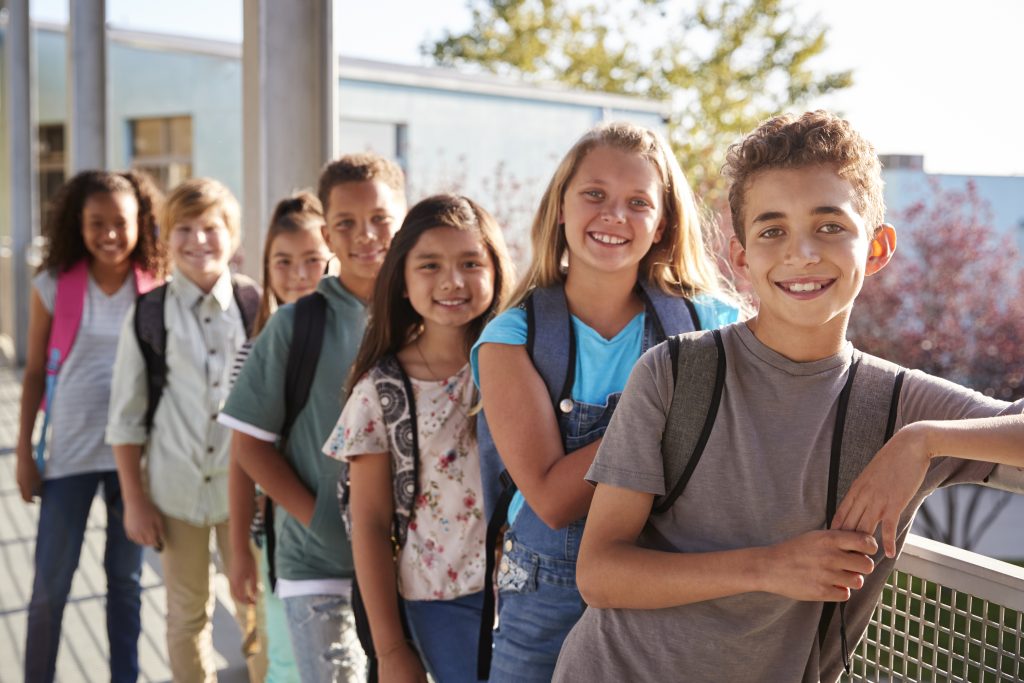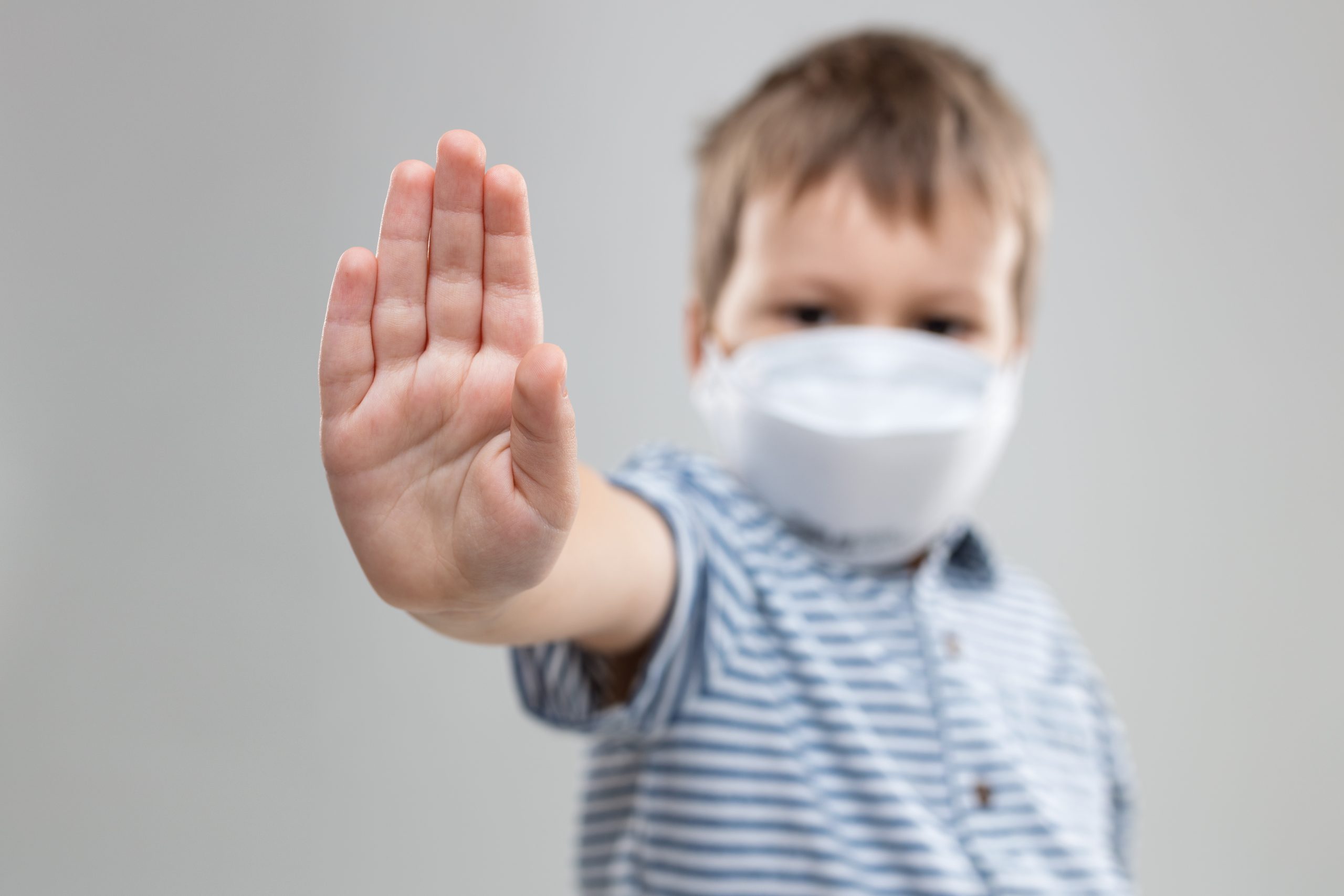Inside the Lines
Covid Series #1 (March 2020)
When the bell rang to end the kindergarten day, our teacher lined us up in small groups by neighborhood. A tall, grown up 8th grade boy stepped into our classroom from the hallway and stood beside her. He was wearing a strap across his chest with a silver badge on it. The teacher introduced him. He was our safety. “Stay in line behind the safety and follow his directions,” she instructed.

I walked confidently down the hall “head behind head,” proud of my pretty new school dress, my shiny new shoes and the colorful new school bag dangling at my side. At the playground gate our safety abruptly turned to face us, raised his flattened palm toward our faces, and croaked in his squawky boy/man voice, “Stay inside the white lines when we cross the street.”
School was going to be so good for me. I always knew exactly where I stood.
—Raise your hand; don’t call out… Check!
—When I play these notes on the piano, return to your seats… Check!
—Always hold your pencil in your right hand… Check!
Now another helpful rule. “Stay inside the white lines.”
The wide white line stretched across the macadam street pointing clearly to the opposite curb. I could stand inside it with both my tiny five-year-old feet side by side, but I decided to walk tight-rope style, placing one foot in front of the other, just to be sure I’d stay inside the line as directed. I walked carefully, eyes tipped down watching my feet lest I accidentally step outside the line. Suddenly I saw two well-worn sneakers attached to two long legs straddling the line in front of me. I froze, looked up and squinted at the shiny safety badge glinting inches from my face.
“What are you, some kind of smart Alec? Get over there,” he sneered pointing to the crowd of children crossing the street with me. At that moment, I saw the other white line on the other side of the children and instantly realized what he had meant by “Stay inside the white lines.”
The shock of my stupidity blew the air out of me with a powerful, humiliating punch. My lip quivered and I struggled to hold back the tears. My heart pounded. How did I not understand? How did the words turn around and trick me? Would it be like this all the time?

Recalling this significant moment from my childhood, made me wonder about being a child today in the midst of our latest health crisis. With the heightened state of alarm over Covid 19, our children’s worlds are being turned upside down. Their schools are closed but it isn’t snowing. Their parents aren’t going to work but they aren’t sick. They can’t play with their friends but they’re not being punished. Children have no frame of reference for the palpable fear in the air. How are they processing our explanations? How do our words turn around and trick them, as the safety’s words had tricked me all those years ago?

On a beautiful spring day last week, in the height of the Corona Crisis, I went for a walk in a local arboretum. Everything was as it should be, the trees towered, the sun warmed, the sky spread blue and the breeze was laden with the scent of new growth. My whole spirit smiled and my feet moved at an energetic clip. The path was wide enough for two cars to squeeze by each other so when I saw three little blonde boys (brothers, I’m quite sure) jostling toward me, I moved to the edge of the road to allow the requisite six feet between us. As soon as they saw me they froze in their tracks and congealed into a tight triangle. They quickly turned off their path and walked in a different direction.
I’ve spent my life with children. I taught in the public schools for 36 years. I founded and conducted a community children’s choir for 40 years. I relate well to children. Normally, if I were to encounter this group of kids on a walk along a trail, they would react to me in one of two ways. First, they might look at me, return my smile and return my greeting. On the other hand, they might be so engaged in their laughter and play that I’d be virtually invisible. They’d ignore me as we passed each other. These boys clearly saw me and hurried in the opposite direction in a visible state of anxiety. When I was closer to them, I smiled at them and called out “Hi—i!”. Their eyes dropped to the ground. The youngest one looked sideways at me from the corner of his eye and walked a little faster. They didn’t respond.

Despite our carefully thought out explanations about what’s happening around the world, around this country, in our neighborhoods, children comprehend our words through their own filters. Even when their questions are answered sensitively, the complicated issues of this virus and its impact on all of us can not be hidden from them. They witness our anxiety, they hear our frustration, they feel our worry. They see and hear the drama unfold on TV and they create the story they need to explain what they can’t understand. What fractured fairy tale do they watch on the screen behind their eyelids when they go to bed at night? Maybe they’ve figured out that there’s a dangerous virus moving around the world; that it’s a killer and it’s invisible. No one can conquer it—not the doctors, not the police, not the president. It can be on your hands and you won’t be able to see it or feel it. You could die if you touch your face. You’re safe in your own home, but people outside your immediate family can be hiding the invisible killer monster in their bodies. No playgrounds, no friends, no visits to grandma’s, no outsiders in the house. Forever?

When this is over, infected people will need to heal and we’ll all mourn the dead. The economy will need to recover and we’ll all pick up the shattered pieces of our lives. Even those of us who are lucky enough to escape the virus will need to heal the damage to our frayed nerves, our bruised psyches. We’ve heard it many times, children are resilient, and fortunately that’s true, but that doesn’t relieve us of our responsibility to them. As the virus rages around us, we must listen closely for misunderstood information in their conversations during play and take the time to clarify their misconceptions. We must listen closely to their questions and take the time to answer them sensitively but accurately. Then we need to pull out an old teacher trick called “test for understanding,” i.e., ask the child to repeat the new information. That will help you determine if what you meant to say, has been understood. And when this is over, we will all gently guide them back into childhood.
